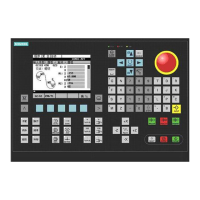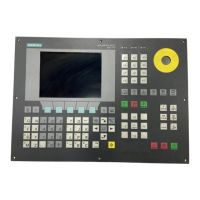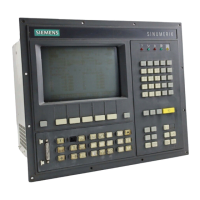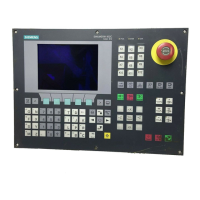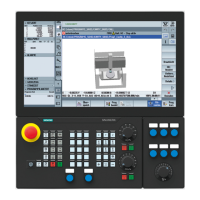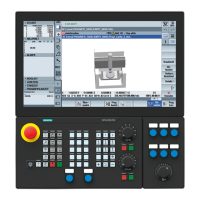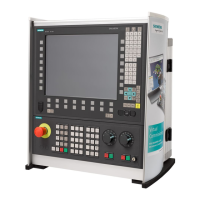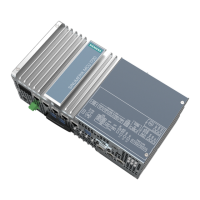Introduction
2.4 User interface
Turning
Operating Manual, 01/2015, 6FC5398-8CP40-5BA2
57
The simplified Chinese and traditional Chinese dictionaries that are supplied can be
expanded:
● If you enter new phonetic notations, the editor creates a new line. The entered phonetic
notation is broken down into known phonetic notations. Select the associated character
for each component. The compiled characters are displayed in the additional line. Accept
the new word into the dictionary and into the input field by pressing the <Input> key.
● Using any Unicode editor, you can enter new phonetic notations into a text file. These
phonetic notations are imported into the dictionary the next time that the input editor is
started.
Entering Asian characters
Precondition
The control has been switched over to Chinese.
Editing characters using the Pinyin method
Open the screen form and position the cursor on the input field.
Enter the desired phonetic notation using Latin letters. Use the upper
input field for traditional Chinese.
Press the <Cursor down> key to reach the dictionary.
Keeping the <Cursor down> key pressed,
displays all the entered pho-
netic notations and the associated selection characters.
the <BACKSPACE> softkey to delete entered phonetic notations.
Press the number key to insert the associated character.
When a character is selected, the editor records the frequency with
which it is selected for a specific phonetic notation and offer
s this char-
acter at the top of the list when the editor is next opened.
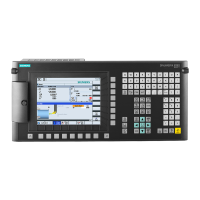
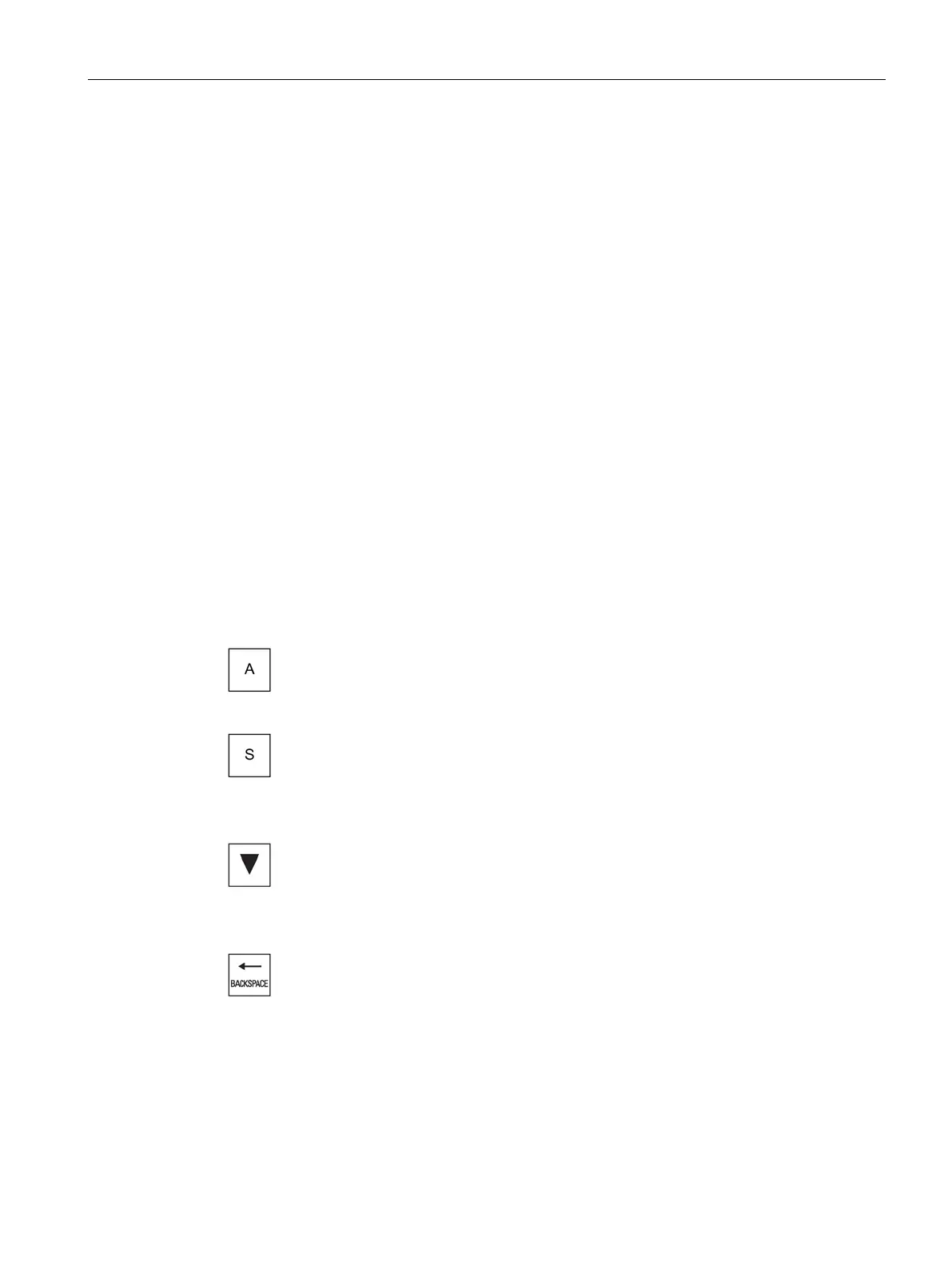